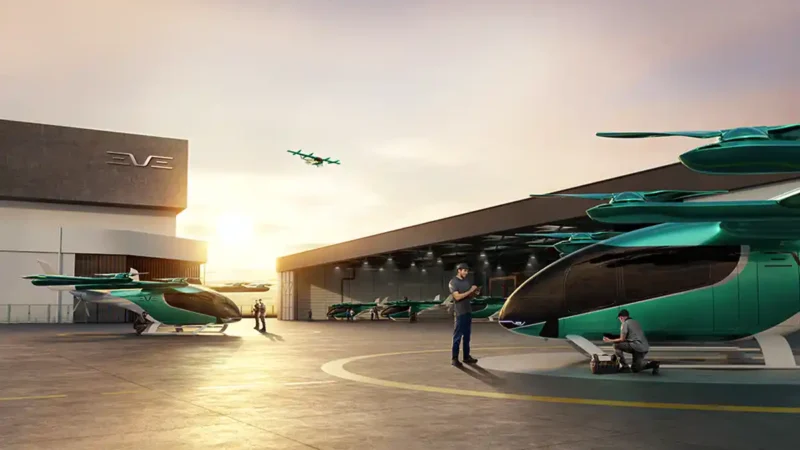Osprey Osprey 2

The Osprey Osprey 2, also known as the Pereira Osprey 2 after its designer, is an amphibious sports aircraft designed for homebuilding. Plans have been sold since the mid-1970s. George Pereira designed the Osprey 2 to address the two most frequent criticisms of his Osprey I aircraft: its lack of a passenger seat and its inability to operate from dry land.
In 1969, George Pereira began the design of a small one-seat flying boat intended for home-builders. This resulted in the Osprey 1 a small open cockpit plane powered by a single engine and a pusher type propeller. At about the same time the US. Navy began a search for a small light observation plane for use in Vietnam. The aircraft was subsequently chosen for further study and obtained by the Navy in 1971. On 22 October 1971, the X-28 project was successfully completed but no further interest was shown by the government.
The Museum’s Osprey II, N17EH, built by Ernie Hummel of Vacaville, California, was one of 200 Osprey I/Il aircraft kits sold commercially by Pereira after 1975. The aircraft kit included a steel tubing, aluminium, fibreglass, plywood, and styrofoam fuselage and wing assembly, and provided ample space for a pilot and single passenger. Hummel’s first aircraft, also an Osprey, was virtually destroyed in an engine-failure-caused forced landing in 1982.
The Museum’s Osprey II was constructed of salvaged parts from that airplane and from new components. The project took Hummel some six years to complete.
Design
The Osprey 2 is a mid-wing cantilever monoplane with a flying boat hull and a single engine mounted pusher-fashion in a nacelle mounted above the fuselage on struts. Retractable tricycle undercarriage is provided for land operations. Construction throughout is of wood and skinned in plywood.
The aircraft is designed so that it may be constructed by amateur builders with restricted space available
The main changes included an enclosed two-seat cockpit and amphibious capability. With the ability to land on both water and a conventional runway the usefulness of the plane was more than doubled. About 500 Ospreys of both versions have been built from kits and plans since 1975.
The Osprey II is a considerably improved enclosed cockpit version of the original Osprey. George Pereira achieves the necessary aquadynamics of the hull in a rather unique way. After the fuselage is complete, urethane foam is attached to the bottom and then sculptured into shape before several layers of fibreglass are added.
Specifications of Osprey Osprey 2
Data from jane’s All the World’s Aircraft 1985–86, p.606
General characteristics
Crew: One pilot
Capacity: 1 passenger
Length: 20 ft 6 in (6.25 m)
Wingspan: 26 ft 0 in (7.92 m)
Height: 6 ft 0 in (1.83 m)
Wing area: 130 sq ft (12.0 m2)
Empty weight: 970 lb (440 kg)
Gross weight: 1,560 lb (707 kg)
Powerplant: 1 × Lycoming O-320 , 150 hp (112 kW)
Performance
Cruise speed: 130 mph (209 km/h, 110 kn)
Range: 500 mi (800 km, 430 nmi)
Rate of climb: 1,000 ft/min (5.1 m/s)




